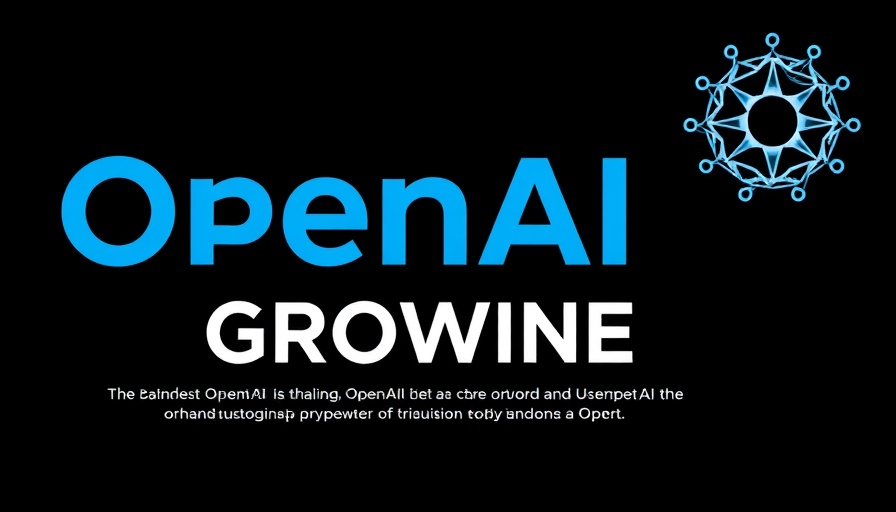
Harnessing AI to Enhance Learning
Generative AI is more than just a buzzword in today's tech landscape. It has become a catalyst for creativity, innovation, and educational empowerment. Educators worldwide are leveraging these tools to enhance the learning experience, with projects like the Python Tutor marking a significant shift in the way programming is taught. Developed as an academic software project, Python Tutor serves as a virtual tutor, helping students visualize code execution and debug their projects. Now, with the integration of generative AI, it takes on a new dimension—providing real-time chat support for learners.
The Evolution of Tutoring Technology
Back in 2009, the idea of an automated tutor was a distant dream, hindered by the limitations of AI technology at the time. With no accessible libraries or APIs, developing a user-friendly AI tutor seemed unattainable. Fast-forward to 2024, we witness a technological renaissance. Tools like ChatGPT and Claude employ large language models capable of engaging in human-level conversations about complex topics like programming.
Case Study: Python Tutor Meets Generative AI
The latest iteration of Python Tutor embraces generative AI to provide contextual tutoring. This integration enhances user experience, as it can answer questions and offer explanations precisely when individuals encounter difficulties. Imagine a student debugging code while they can ask an AI-based tutor for guidance in real-time. The utility of this innovation is profound, especially for students who may not have immediate access to human tutors or who thrive in self-directed study environments.
The Future of Learning with AI
As AI capabilities expand, the opportunities for educational innovation are immense. The integration of generative AI into tools like Python Tutor is leading the charge in the edtech revolution. This evolution not only fosters engagement among students but also prepares them for a future where understanding AI and programming will be increasingly imperative.
Your Role in This AI-Driven Future
As we stand on the brink of an AI-driven educational transformation, the question remains: how will you engage with these advancements? Educators, students, and technology advocates alike can play a pivotal role by adopting these tools to enhance learning experiences. Whether through collaboration, discussion, or further development, your contribution to this dynamic landscape could shape the future of education.
 Add Row
Add Row  Add Element
Add Element 



Write A Comment